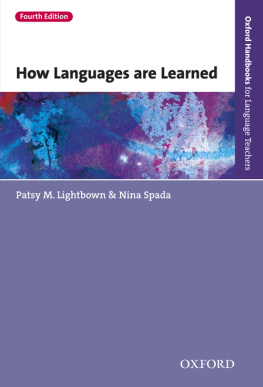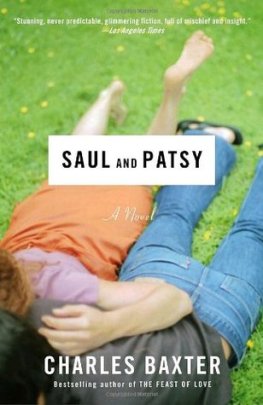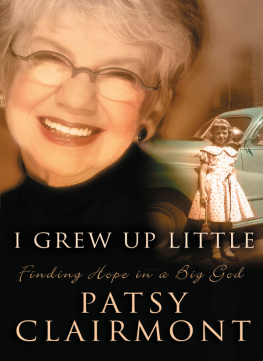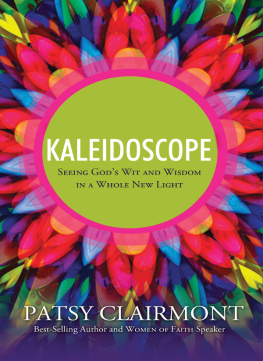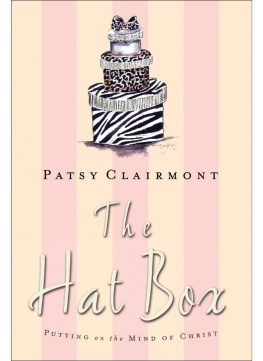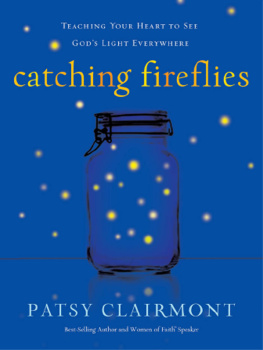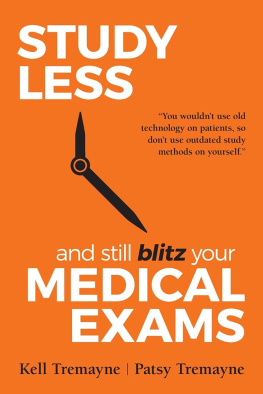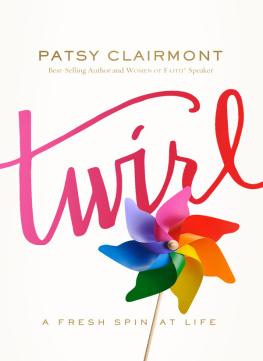Lightbown Patsy M. - How Languages are Learned
Here you can read online Lightbown Patsy M. - How Languages are Learned full text of the book (entire story) in english for free. Download pdf and epub, get meaning, cover and reviews about this ebook. City: Johanneshov, year: 2013, publisher: Oxford University Press ELT;Mtm, genre: Children. Description of the work, (preface) as well as reviews are available. Best literature library LitArk.com created for fans of good reading and offers a wide selection of genres:
Romance novel
Science fiction
Adventure
Detective
Science
History
Home and family
Prose
Art
Politics
Computer
Non-fiction
Religion
Business
Children
Humor
Choose a favorite category and find really read worthwhile books. Enjoy immersion in the world of imagination, feel the emotions of the characters or learn something new for yourself, make an fascinating discovery.
- Book:How Languages are Learned
- Author:
- Publisher:Oxford University Press ELT;Mtm
- Genre:
- Year:2013
- City:Johanneshov
- Rating:4 / 5
- Favourites:Add to favourites
- Your mark:
- 80
- 1
- 2
- 3
- 4
- 5
How Languages are Learned: summary, description and annotation
We offer to read an annotation, description, summary or preface (depends on what the author of the book "How Languages are Learned" wrote himself). If you haven't found the necessary information about the book — write in the comments, we will try to find it.
How Languages are Learned — read online for free the complete book (whole text) full work
Below is the text of the book, divided by pages. System saving the place of the last page read, allows you to conveniently read the book "How Languages are Learned" online for free, without having to search again every time where you left off. Put a bookmark, and you can go to the page where you finished reading at any time.
Font size:
Interval:
Bookmark:

Fourth edition
Also published in
Oxford Handbooks for Language Teachers
Teaching American English Pronunciation
Peter Avery and Susan Ehrlich
Designing and Analyzing Language Tests
Nathan T. Carr
ESOL: A Critical Guide
Melanie Cooke and James Simpson
Success in English Teaching
Paul Davies and Eric Pearse
Doing Second Language Research
James Dean Brown and Theodore S. Rodgers
From Experience to Knowledge
Julian Edge and Sue Garton
Teaching Business English
Mark Ellis and Christine Johnson
Intercultural Business Communication
Robert Gibson
Teaching and Learning in the Language Classroom
Tricia Hedge
Teaching Second Language Reading
Thom Hudson
Teaching English Overseas: An Introduction
Sandra Lee McKay
Teaching English as an International Language
Sandra Lee McKay
Communication in the Language Classroom
Tony Lynch
Teaching Second Language Listening
Tony Lynch
Teaching Young Language Learners
Annamaria Pinter
The Oxford ESOL Handbook
Philida Schellekens
Exploring Learner Language
Elaine Tarone and Bonnie Swierzbin
Teaching the Pronunciation of English as a Lingua Franca
Robin Walker
Doing Task-based Teaching
Jane Willis and Dave Willis
Explaining English Grammar
George Yule
are Learned
Fourth edition
Patsy M. Lightbown and Nina Spada


Great Clarendon Street, Oxford, OX 2 6 DP ,
United Kingdom
Oxford University Press is a department of the University of Oxford. It furthers the Universitys objective of excellence in research, scholarship, and education by publishing worldwide. Oxford is a registered trade mark of Oxford University Press in the UK and in certain other countries
Oxford University Press 2013
The moral rights of the author have been asserted
First published in 2013
2017 2016 2015 2014 2013
10 9 8 7 6 5 4 3 2 1
All rights reserved. No part of this publication may be reproduced, stored in a retrieval system, or transmitted, in any form or by any means, without the prior permission in writing of Oxford University Press, or as expressly permitted by law, by licence or under terms agreed with the appropriate reprographics rights organization. Enquiries concerning reproduction outside the scope of the above should be sent to the ELT Rights Department, Oxford University Press, at the address above
You must not circulate this work in any other form and you must impose this same condition on any acquirer
Links to third party websites are provided by Oxford in good faith and for information only. Oxford disclaims any responsibility for the materials contained in any third party website referenced in this work
Photocopying
The Publisher grants permission for the photocopying of those pages marked photocopiable according to the following conditions. Individual purchasers may make copies for their own use or for use by classes that they teach. School purchasers may make copies for use by staff and students, but this permission does not extend to additional schools or branches
Under no circumstances may any part of this book be photocopied for resale
ISBN: 978 0 19 454126 8
Printed in China
This book is printed on paper from certified and well-managed sources.
ACKNOWLEDGEMENTS
The authors and publisher are grateful to those who have given permission to reproduce the following extracts and adaptations of copyright material: p.17 Extract from Language Development and Language Disorders by Lois Bloom and Margaret Lahey (1978). Macmillan Publishers; p.47 Figure from Some issues relating to the Monitor Model by Stephen Krashen, On TESOL (1977). Reprinted by permission of TESOL International Association; p.49 Extract from Constructing an acquisition-based procedure for second language assessment by Manfred Pienemann, Malcolm Johnston, and Geoff Brindley in Studies in Second Language Acquisition, Volume 10/2, pp.21743 (1988). Reproduced by permission of Cambridge University Press; p. 53 Extract from Speeding up acquisition of his/her: Explicit L1/L2 contracts help in Second Language Acquisition and the Younger Learner: Childs Play? by Joanna White (2008) pp.193228. With kind permission of John Benjamins Publishing Company, Amsterdam/Philadelphia; p.54 Extract from Second language instruction does make a difference by Catherine Doughty in Studies in Second Language Acquisition, Volume 13/4, pp.43169 (1991). Reproduced by permission of Cambridge University Press; p. 136 Reprinted from International Journal of Educational Research, Volume 37 by Merrill Swain and Sharon Lapkin Talking it through: two French immersion learners response to reformulations pp.285304 (2002) with permission from Elsevier; p.139 Extract from Corrective feedback and learner uptake by Roy Lyster and Leila Ranta in Studies in Second Language Acquisition, Volume 19/1 pp.3766 (1997). Reproduced by permission of Cambridge University Press.
Cartoons by: Sophie Grillet Oxford University Press 1993, 2005, and 2012.
To the teachers and students from whom
we have learned so much
We wish first to thank the readers who responded so positively to the earlier editions of this book. With each edition, we have benefited from suggestions and feedback offered by colleagues and students. Our thanks to Ahlem Ammar, Alexander Ary, Philippa Bell, Luz Celaya, Laura Collins, Maria Frhlich, Randall Halter, Zhaohong Han, Marlise Horst, Jim Hu, Phillip Hubbard, Youjin Kim, Roy Lyster, Alison Mackey, Kim McDonough, Shawn Loewen, Paul Meara, Imma Miralpeix, Vicki Murphy, Carmen Muoz, Heike Neumann, Howard Nicholas, Paul Quinn, Katherine Rehner, Mela Sarkar, Raquel Serrano, Younghee Sheen, Wataru Suzuki, and Yasuyo Tomita. Leila Ranta, and Jude Rand made essential contributions to the first edition.
At Oxford University Press, we owe a debt to Henry Widdowson for his early encouragement and to Cristina Whitecross, who was our editor for the first three editions. We are grateful to Catherine Kneafsey, Julia Bell, Hazel Geatches, and Ann Hunter who have worked with us through the development of this new edition. We thank the English Speaking Union for conferring the 1993 Duke of Edinburgh book prize for Applied Linguistics on the book.
How Languages Are Learned (HLAL) started out as a series of professional development workshops for teachers in Quebec, Canada, where we both worked for many years. Three editions of the book have now travelled far from those origins. When we were working on the first edition in the 1980s and 1990s we were still in the early days of remarkable growth of research in second language acquisition. In updating the research for each new edition, the decisions about what to include have grown more difficult. Keeping the book to a reasonable length has often meant choosing between classics in the field and important new studies, of which there are now so many. In this edition, we have annotated some Suggestions for further reading at the end of each chapter. We encourage readers to follow these readings and the reference list to deepen their understanding of topics that we can only introduce here.
Font size:
Interval:
Bookmark:
Similar books «How Languages are Learned»
Look at similar books to How Languages are Learned. We have selected literature similar in name and meaning in the hope of providing readers with more options to find new, interesting, not yet read works.
Discussion, reviews of the book How Languages are Learned and just readers' own opinions. Leave your comments, write what you think about the work, its meaning or the main characters. Specify what exactly you liked and what you didn't like, and why you think so.

